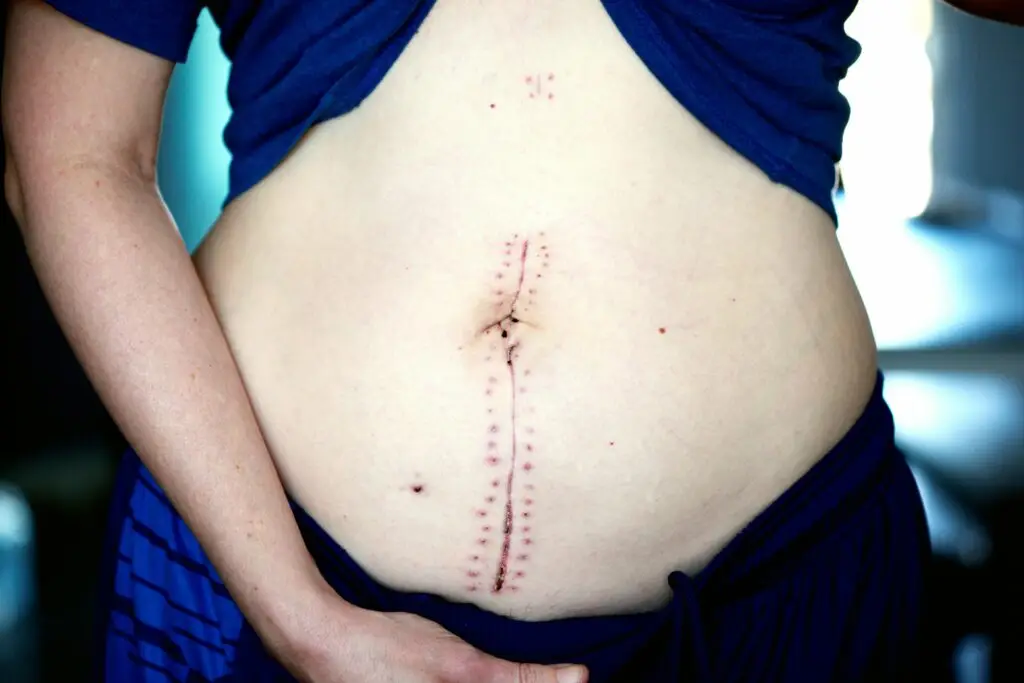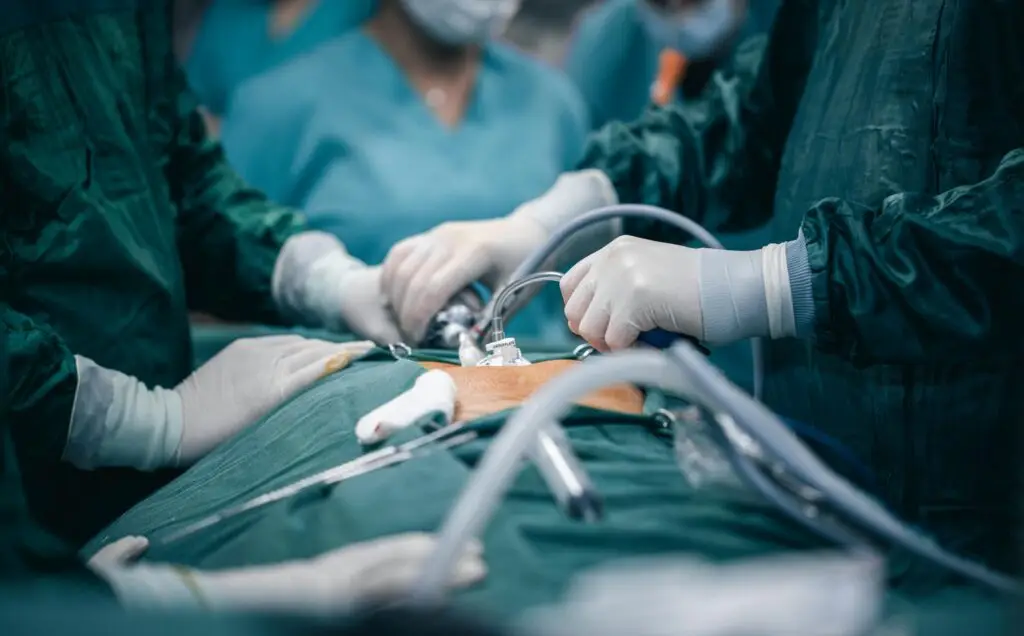Definition
Tissue damage and ulceration caused by prolonged pressure. Also referred to as bed sores, decubitus ulcers, pressure sores, trophic ulcers, or penetrating ulcers.
Preventable
Pressure ulcers are preventable with proper care and management.
Incidence
- Affects about 5% of hospitalized patients.
- Higher incidence in paraplegic patients, the elderly, and those with severe illnesses.
Most Common Sites
Ischium > Greater trochanter > Sacrum > Heel > Malleolus > Occiput.
Mechanism
External pressure exceeding capillary occlusive pressure (over 30 mm Hg) leads to interrupted blood flow, causing tissue hypoxia, necrosis, and ulceration.
Neurological Causes
Conditions such as:
- Syringomyelia
- Spina bifida
- Spinal injuries
- Peripheral neuritis
- Peripheral nerve injury
- Leprosy
- Diabetic neuropathy
- Paraplegia
- Tabes dorsalis
Clinical Features
- Painless, well-defined ulcers.
- Base of the ulcer is often formed by bone.
STAGING OF PRESSURE SORES
| Stage | Description |
|---|---|
| I | Non-blanchable redness without skin break (early superficial ulcer). |
| II | Partial skin loss involving epidermis and dermis (late superficial ulcer). |
| III | Full skin loss extending into subcutaneous tissue but not through fascia (early deep ulcer). |
| IV | Full skin loss through fascia with extensive damage, potentially involving muscle, bone, tendon, or joint (late deep ulcer). |
Management
General Principles
- Maintain ABCD&E (Airway, Breathing, Circulation, Disability, Exposure).
- Prevention is the best treatment.
Preventive Measures
- Good skin care.
- Use of special pressure dispersion cushions or foams.
- Use of low air-loss and air-fluidized beds.
- Urinary or fecal diversion in selected cases.
For Bed-Bound Patients
- Reposition the patient at least every 2 hours.
For Wheelchair-Bound Patients
- Lift themselves off their seat for 1 second every 10 minutes.
Surgical Treatment
- Reserved for patients with no improvement after conservative management.
- Includes:
- Adequate debridement.
- Vacuum-assisted closure.
- Flap closure.
VACUUM-ASSISTED CLOSURE/NEGATIVE PRESSURE WOUND THERAPY (NPWT)
How NPWT Works
- Promotes wound healing by applying a vacuum through a special sealed dressing.
- The vacuum removes fluid from the wound and increases blood flow to the area.
- Vacuum can be applied continuously or intermittently, depending on the wound type and clinical objectives.
- A negative pressure of -125 mm Hg is typically used.
Dressing Changes
- Dressing should be changed 2-3 times per week.
Primary Effects of NPWT on Wound Healing
| Effect | Description |
|---|---|
| Macrodeformation | Draws wound edges together, promoting closure. |
| Microdeformation | Stimulates cellular proliferation on the wound surface. |
| Stabilization of Wound Environment | Protects the wound from external microbes in a warm, moist environment. |
| Reduced Edema | Removes excess fluid from soft tissues. |
Contraindications for NPWT Use
- Malignancy in the wound.
- Untreated osteomyelitis.
- Non-enteral and unexplored fistulas.
- Necrotic tissue with eschar.

